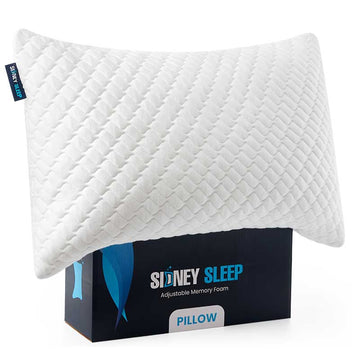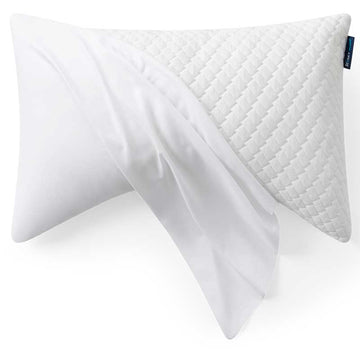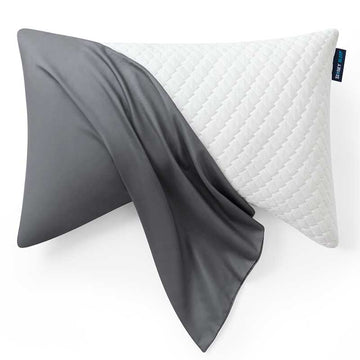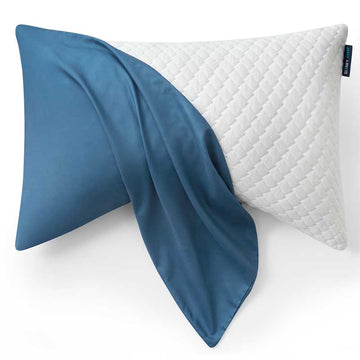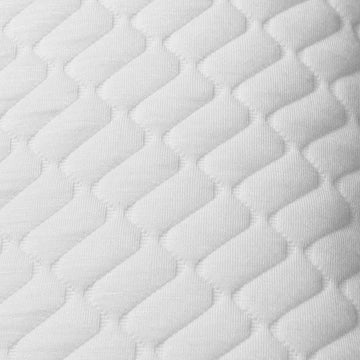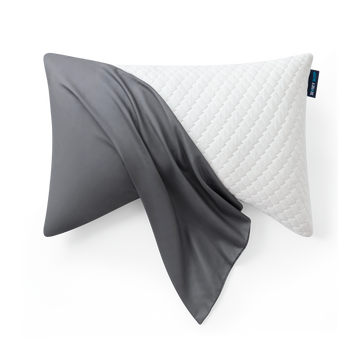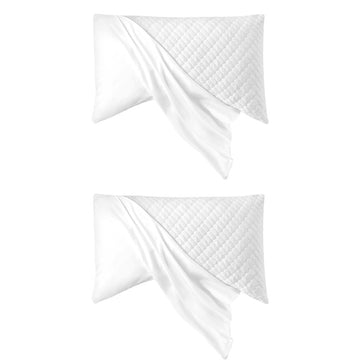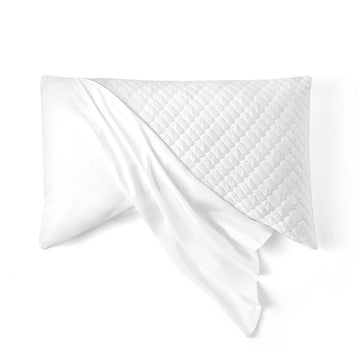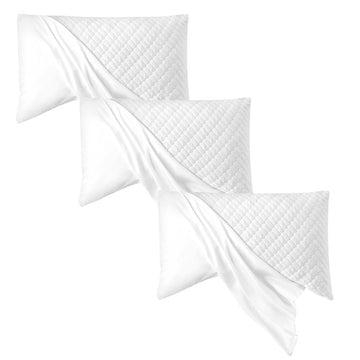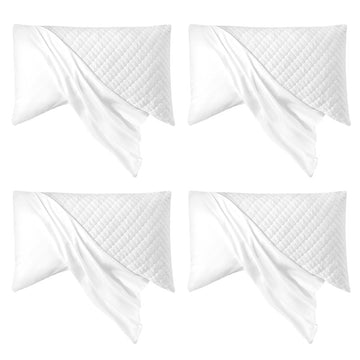Soft or hard, thick or thin, curved or rectangle, memory foam or down?
There are many choices to make when it comes to selecting a pillow. Making the right choice, pillow care and knowing when to replace it all work towards affecting your sleep quality and potentially can impact your mood each morning.
There is no single best pillow that fits everyone, and unless you've been waking up with neck and/or back pain, selecting the right pillow is likely not a priority for you. Most people use a pillow that is well past its prime – if it has lost its original shape, become flat or lumpy or has been in regular use longer than a year, it's likely ready for replacement. If you fall into this category, consider the following recommendations.
Your body shape, size and preferred sleep postures should determine your choice in pillows. You want your pillow to adequately support your head and align your neck with the rest of your spine. The softness or firmness of the pillow is a matter of personal preference.
For stomach and back sleepers, a low-profile to medium-thickness pillow will keep your head and neck closer to the mattress. Sleeping on your back is generally better for your spine, however we recommend placing a smaller pillow under your knees to provide additional support for your lower back.
Side sleepers need to pay special attention to the height of their pillow. Selecting a medium- to high-thickness, firmer pillow will keep your neck aligned with your spine while on your side. In addition, try putting a soft, low-density pillow between your knees to align your upper hip and pelvis with your lower back.
If your sleep posture more closely resembles a wrestling match and you find yourself all over the bed in a variety of positions, then choose a medium-thickness pillow with little to no contour.
What your pillow is filled with should also play a role in your pillow choice.
Synthetic pillows are generally among the most affordable. They are lightweight, easy to care for and good for those with allergies. They do however have a short lifespan and will flatten out quickly.
Down or feather pillows tend to make the softest pillows. They are easy to shape and are longer lasting, however they do not offer a lot of support or loft and are not great for side sleepers.
Contoured synthetic foam pillows provide the most precise support. They will retain their contour in support of your head, neck and shoulders, providing relief for pressure points that can cause pain. Dense foam pillows must be contoured to precisely fit your frame and sleep habits. If you move a lot while you sleep, this might not be the pillow for you.
Memory foam pillows will mould to your body, making a precise fit less critical. They are designed to respond to pressure and heat from the body.
Latex pillows are long-lasting, cooler and will mould quicker than most memory foam options. They are also good for allergy sufferers, prohibiting dust mites, but can be on the expensive side and heavier. Latex pillows have some of the highest satisfaction ratings, however selecting the correct loft is essential.
Water pillows provide customizable support, height and firmness, however the water bladder makes the pillow heavy and sometimes noisy. If the sound of moving water will keep you awake, stay away from this pillow.
All in all, replace your pillow every year. Hair and body oils soak into your pillow after a year's use and are a breeding ground for odor-causing bacteria and dust mites. Dust mites are a major indoor trigger for people with allergies and asthma. Purchasing a zippered pillow protector can double the pillow's lifespan. Washing your pillow every three months will keep it free of debris and dust mites to a minimum.



